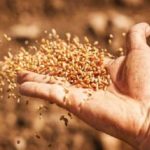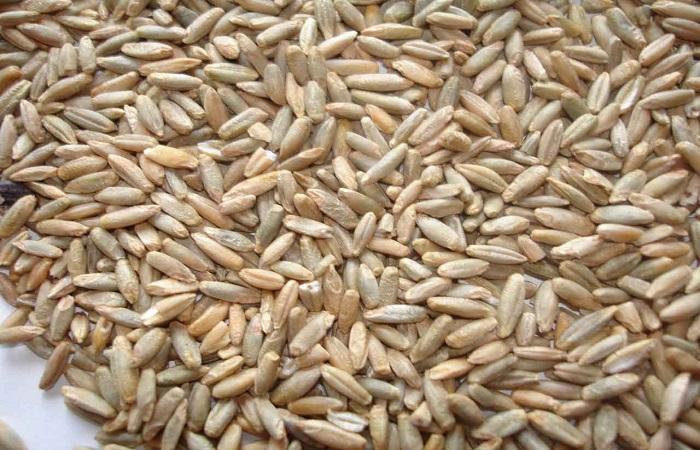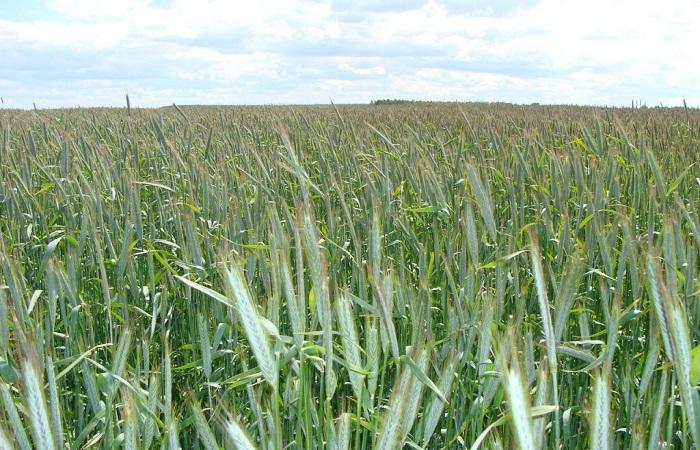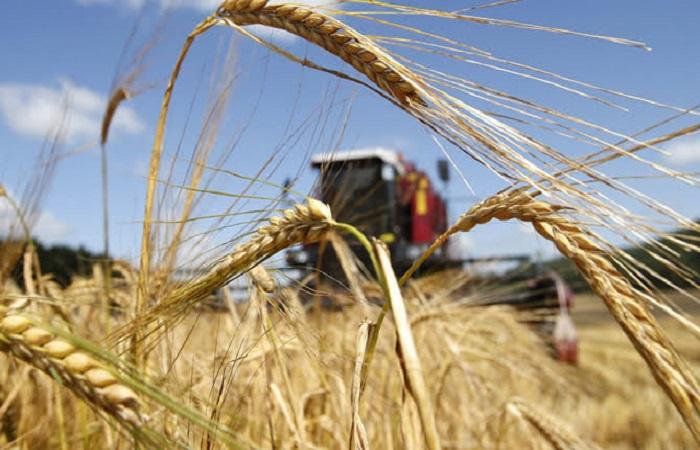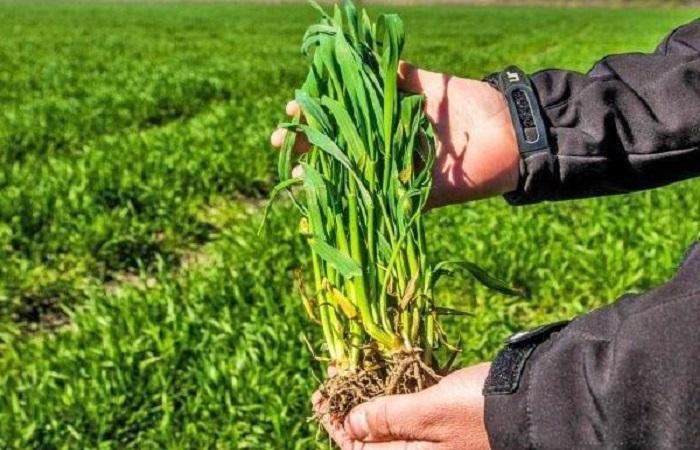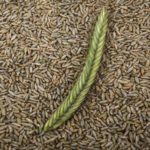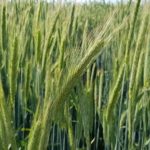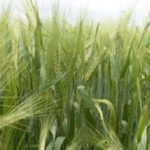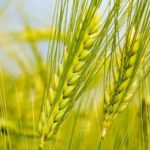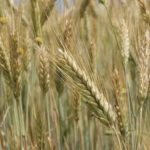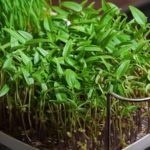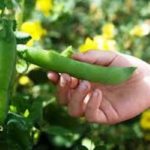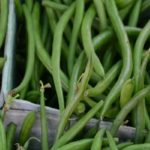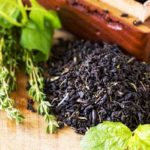Spring rye varieties are not as popular in Russia as winter rye due to lower yields. Let's consider a description of spring rye, preferred regions and climate for cultivation, and the best varieties. What technology is used to grow the crop, features of planting and care, protection from pests and diseases, harvesting and preserving the crop. How does spring rye differ from winter rye?
- Description of spring rye
- The best varieties
- Terrain and climate for growing rye
- Cultivation technology
- Soil and seed preparation
- Preparing for sowing and sowing
- What time of year is spring rye sown?
- Landing Features
- Rules for caring for crops
- Protection from diseases and pests
- Harvest and storage
- Planting rye to improve the soil
- Differences from winter rye
Description of spring rye
Rye belongs to the cereal family. The plants have long fibrous roots that penetrate the soil 1-2 m. It bushes well and is characterized by high absorption of nutrients. One plant produces up to 10 shoots, and under favorable conditions - much more.
The rye stem is a hollow straw, with 3-7 internodes, straight, pubescent under the ear. Reaches a height of 0.8-1 m. The leaves are long, narrow, flat, 15-30 cm long, up to 2.5 cm wide. The rye inflorescence is an elongated, unbreakable spike, 5-15 cm long, 0.5 cm wide. 8-1.2 cm. Spikelets have long, 3-5 cm, awns. The crop is pollinated by the wind.
The fruit of spring rye is an oblong grain with a groove in the center. The grains of spring varieties are smaller than those of winter varieties. Size – 4-10 mm in length, 1.5-3.5 mm in width. A thousand seeds weigh 12-45 g. The color of the grain is brownish, gray-green, yellow and reddish.
The best varieties
Elite varieties of rye are distinguished by their unpretentiousness and endurance, resistance to lodging, are little affected by diseases, and are productive. In Russia, the mid-season variety Onokhoiskaya is most often cultivated. The growing season of plants lasts 76-100 days. The variety is grown in Eastern Siberia. Onokhoyskaya tolerates summer drought and spring frosts well. The plants bush poorly, are prone to lodging, and after ripening the grain may fall off. The weight of a thousand grains is 24-30 g. The quality of the flour is good.
The growing season for the Vyatka variety is 100 days. The plants are resistant to cold, germinate and bush together. Productivity – 40 c/ha. Vyatka rye is resistant to lodging, but when heading in wet weather the ear is partially empty.
Terrain and climate for growing rye
Rye germination begins at a temperature of 1-2 °C, optimally at 6-12 °C, plants sprout at 4-5 °C. Rye loves moisture; it requires especially a lot of water at the stage of booting, heading and at the flowering stage - filling the grains. But the crop is also drought-resistant due to its well-developed roots.
Among all cereals, the crop is the most undemanding in terms of soil composition and acidity. Grows on podzolic soil, not suitable for wheat. On light soils, its yield is second only to barley. Rye produces the best yields on chernozems, gray forest soils, light and medium loamy. It grows poorly on heavy clay soils, dense, swampy and salty.
Cultivation technology
The predecessors of culture for the Volga region, the east and southeast of the Non-Black Earth Region are pure fallow. For the north-west of the Non-Black Earth Region - fallow after perennial and 1-year grasses, legumes, buckwheat, flax, lupine, early potatoes. For sandy loam and sandy soils of the Non-Black Earth Region - fallow after green manure.
Soil and seed preparation
Tillage includes stubble peeling and fall plowing at a depth of 20 cm. After herbs, vegetables and legumes, disking and cultivation are carried out. Then fertilizers are applied: the full rate of phosphorus and potassium and partially nitrogen. Phosphorus fertilizers can be applied when sowing in rows at 15-25 kg per hectare.
Rye seeds are treated with fungicides-protectants before sowing and dried. Treatment reduces the likelihood of seeds and seedlings becoming infected with an infection in the soil or on the surface of the seeds.
Preparing for sowing and sowing
Rye is sown in several ways: narrow row, row and cross, with a tramline of 1.8 or 1.4 m. Seed rates per hectare for the Non-Black Earth Region - 5-6 million, Central Black Earth Zone - 4.5-6 million, Volga region - 3.5-5.0 million, Siberia and the Urals - 6.0-6.5 million. On sandy soils and sandy loams, the rate is increased by 8-10%, and increased by the same amount for late sowing.
What time of year is spring rye sown?
Seeds can be sown in early spring when soil temperatures are suitable for seed germination. Sowing is optimally carried out in the first 5 days of field work. Harvest when the grain reaches waxy or full ripeness. Thus, the grain of the crop is harvested on different dates, the timing of harvesting depends on the weather and the ripening period of the variety.
Landing Features
If the soil is moist, the grain is buried 2-3 cm on heavy soils, 3-4 cm on medium soils and 4-5 cm on light soils. If the top layer has already dried, increase the depth by 1-2 cm.
Rules for caring for crops
The list of works includes: rolling after sowing, harrowing 5-7 days after sowing, fertilizing with nitrogen. In the Non-Black Earth Region, 2-4 irrigations are carried out on sandy soils, which increases the total amount of grain collected.
Protection from diseases and pests
In addition to pre-sowing treatment of seeds with fungicides, plants are treated with fungicides and insecticides when pests or signs of diseases are detected. Weed control is carried out using selective herbicides. Continuous herbicides are used before sowing.
Harvest and storage
On average, spring rye ripens 3 months after sowing. Harvesting is carried out in a short time, in one of two ways: by direct combining, when the grain is completely and simultaneously ripened, its moisture content is at the level of 20%. In case of non-simultaneous ripening, separate harvesting is used at the stage of waxy ripeness at a grain moisture content of 35-40%. The plants are mowed, placed in windrows and left in place to dry, which lasts several days. Then they are picked and threshed.
Grain is stored in dry, spacious indoor warehouses. The bulk storage method is predominantly used. Seed rye is stored for 1 year, food rye – 3-4 years.
Planting rye to improve the soil
Rye is considered one of the best green manures, which is why it is so popular in this regard. Sown on a field or plot, during the period before mowing the green mass, it accumulates a lot of nutrients in it, which long roots extract from the lower layers of the soil. After the greens rot, the nutrients are used by subsequent crops for nutrition.
The roots loosen the soil, prevent erosion and weathering, and strengthen it. Rye competes with weeds for food, suppresses them, and after it the weediness of the fields is significantly reduced.
Differences from winter rye
Winter crops differ from spring crops in the duration of the growing season, which is 260-360 days. Cold resistance allows it to remain under the snow and not freeze out even in severe frosts. The cold resistance of the crop is higher than that of winter wheat. In snowless winters, plants can withstand frosts down to -20 °C, and under snow 20 cm thick - down to -50-60 °C.
Spring rye is sown mainly in the northern regions due to its moisture-loving nature and undemandingness to soil fertility and acidity, rapid germination in spring in cold weather, and a short growing season, allowing the grain to ripen in a short summer.
It is used as the main crop in regions where it is risky to sow winter varieties due to the risk of freezing. Or they are used in the spring for reseeding winter crop fields. The crop is also sown as green manure, a soil improver, and a precursor to almost all vegetable and industrial crops.



